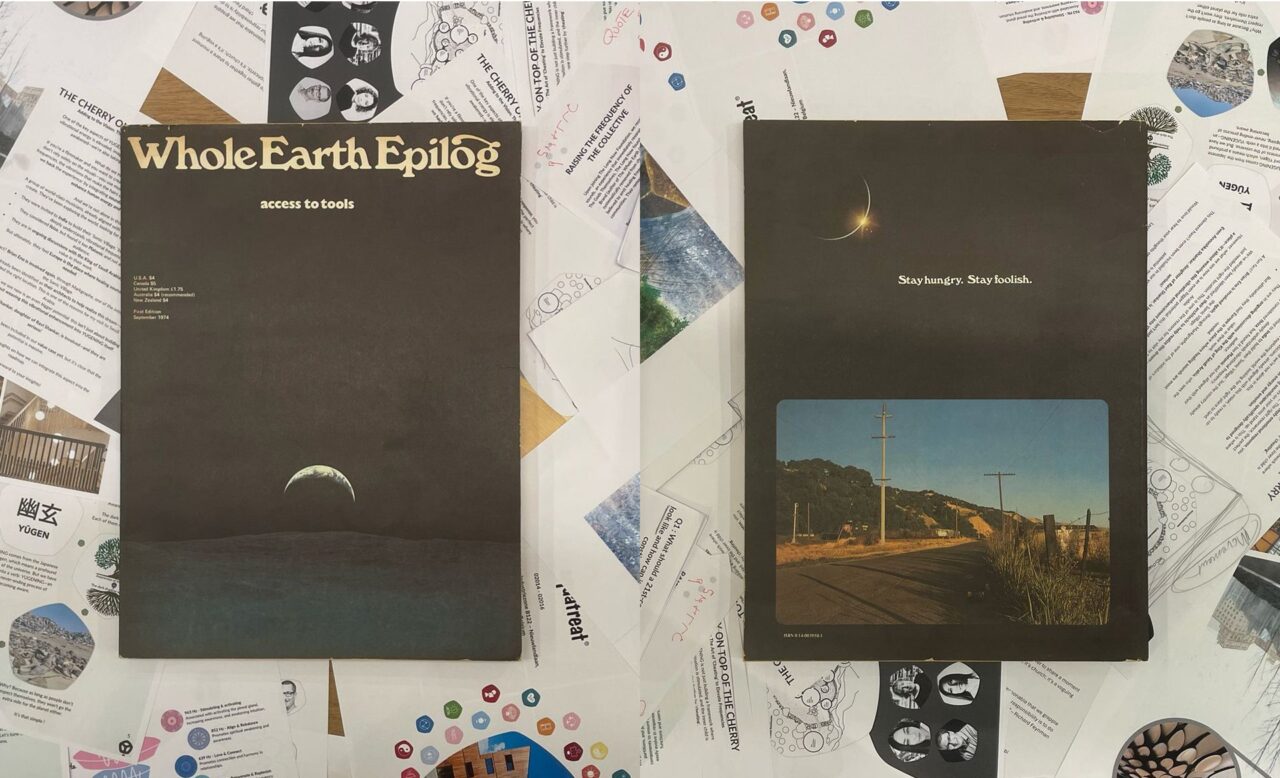A True Yunatic
Some minds don’t just explore the future – they scaffold it, soul by soul. Stewart Brand has spent his life connecting nature with networks, technology with trust and humans with the tools to shape their own reality. He didn’t just publish information – he democratized possibility.
From LSD to satellites, domes to data servers, he never stopped asking “what’s next?” and “how can we get ready for it?” Brand doesn’t just dream forward – he builds futures that last.
“Information wants to be free.” – Stewart Brand
The Inner Child
Brand’s inner child is a curious hacker of the natural world. That child stared into the woods with wonder and into machines with fascination. He never lost that playful sense of discovery – still climbing up mental trees to get a better view, still inventing ways for humans to see themselves and their planet as one living system.
Tribbles
Brand’s tribbles are living manifestos, designed to be used, not just admired:
- Whole Earth Catalog – A revolutionary publication in the late 1960s, the catalog wasn’t just about tools – it was a cultural operating system. It gave people the power to build, grow, question and connect – long before the internet existed. It inspired a generation of creators, off-gridders and dreamers.
- Whole Earth Epilog – The final, most reflective edition of the Catalog, where the famous phrase “Stay Hungry. Stay Foolish.” was printed. It was less about survival, more about thriving while thinking ahead, offering philosophy alongside tech and purpose with tools.
- The Long Now Foundation – Co-founded with Danny Hillis, this initiative fosters long-term thinking in a short-term world. Its mission? Help humanity think in 10,000-year timelines through projects like the Clock of the Long Now, designed to tick once a year, bong once a century and last for millennia.
- Bio & tech futurism – Brand was an early supporter of synthetic biology, environmental data systems and open-source innovation. He bridged the hippie hacker ethos with scientific curiosity, helping define both the eco movement and the cyberpunk edge.
- The “Blue Marble” awakening – Brand famously campaigned to release the first full image of Earth from space, believing it would spark a planetary perspective. He was right. That image became a symbol of interdependence, stewardship and unity – just like his life’s work.
Did you know?
When Steve Jobs gave his iconic 02005 Stanford commencement speech and ended with the words “Stay Hungry, Stay Foolish”, he credited the Whole Earth Catalog – but technically, he was quoting the Whole Earth Epilog. Jobs described it as “one of the bibles of my generation,” and he wasn’t wrong – just a little off.
NOW YU know !

Connected with the Yuniverse
Brand sees the universe as a living, evolving intelligence – one where ecology, data and design are all part of the same conversation. He doesn’t separate biology from bytes, or systems from stories. For him, to be human is to design with humility and cosmic awareness.
Is He Spiritual?
In a practical, applied and quiet way. His faith is in tools, time and trust. He builds meaning instead of preaching it and teaches us that caring for the future is not a dream – it’s a discipline.
Stewart Brand reminds us that the best way to prepare for what’s next is to build it – together, with wonder and wisdom.